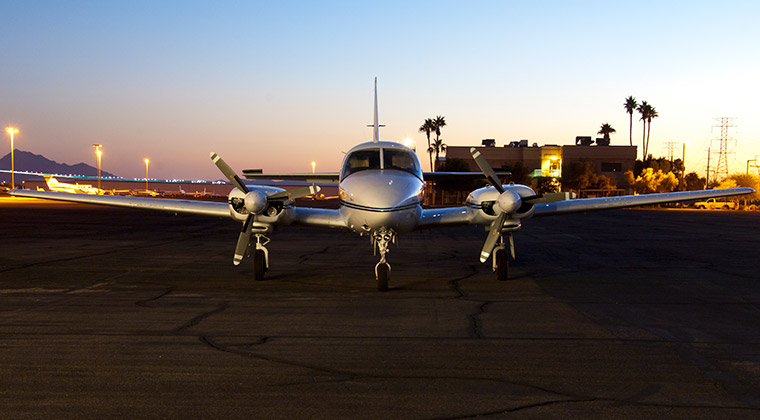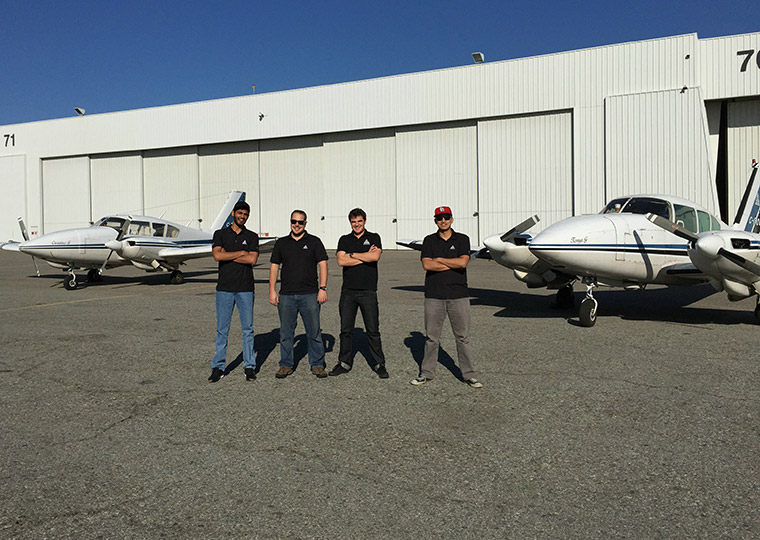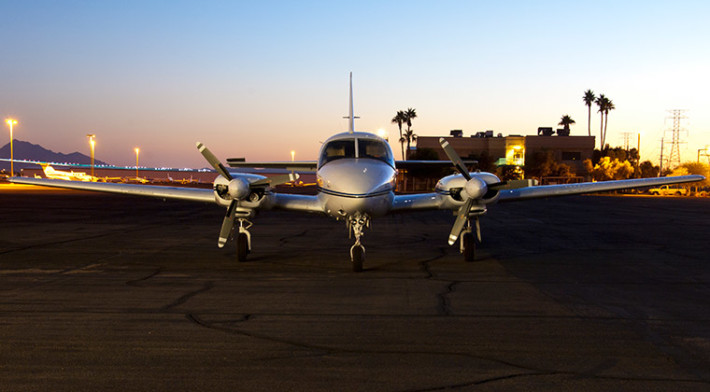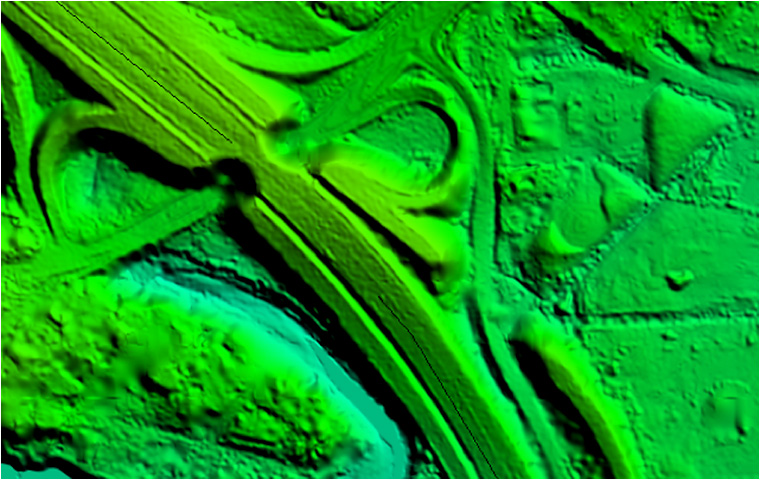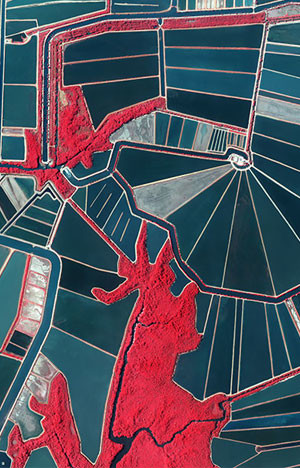At 6:00 AM on August 12, 2014, a team of surgeons, doctors and medical practitioners converged at the Peter Munk Centre for Cardiology at Toronto General hospital to perform a complex open heart procedure which, seven hours later, resulted in me waking up with a new aortic valve to replace one which had been defective since birth. In addition, the surgeons repaired 8 cm of my aorta, and provided some electrical modification to my heart tissue to restore a regular pulse.
The surgery, which I still maintain is nothing short of a miracle, had been executed carefully by a team of consummate professionals for whom such work is routine. Ten weeks later, I was able to drive a car, engage in a full physiotherapy rehabilitation programme, and even resume occasional flight duties.
During my absence from the office, the team at ASC were also able to organize themselves as professionally as my surgeons and care workers at the hospital. Our busy summer flying season—one of the busiest in our company’s history—was able to continue without my direct intervention, as a result of incredible teamwork coming together in task sharing and precise operations.
From August to October, our aircrew flew and completed projects in far flung cities across North America: Victoria, BC; Baltimore, MD; Minneapolis, MN; Quebec City, QC; New York, NY and Deer Lake, NL—just to name a few! Within this continental operation, we took about 150,000 images without any reflights, and processed their associated positions and orientations all within a few weeks of completing each area. Flight projects were planned and executed and image products were delivered as routinely as we have always striven to provide.
Does this mean that I am now unemployed as a result of our team’s brilliant work? Well, I certainly hope not, as this remains one of the most exciting ways to make a living. I am proud to be setting new goals for our team as we move forward into the new year ahead.
Inasmuch as I am deeply and eternally indebted to the PMC team lead by Dr. Chris Feindel (click here to see what the operation looks like), Ms. Kelly McNabb and Ms. Veola Caruso for restoring my physical vitality, I am equally in debt to the team led by my wife and company Comptroller Elisabeth Giannelia, along with our Image Production Manager Peter Cimbron, Geomatics Manager Robin Poot, and Chief Pilot Jonathan Francoeur, for maintaining Airborne Sensing’s reputation for taking on and completing tough jobs against tight deadlines.
